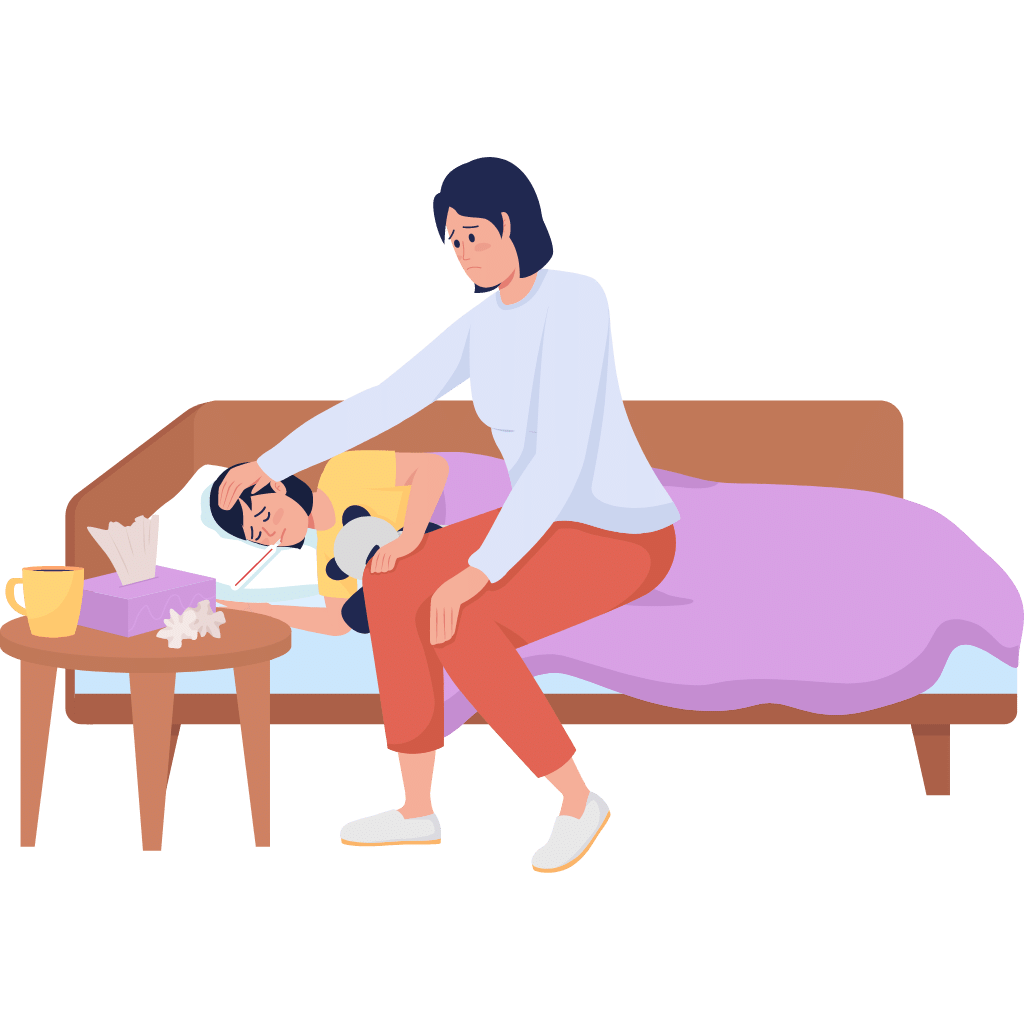
When higher wages have a big catch
Families with a lower income are more likely to use certain public benefits—and lose them with a small raise or higher-paying job. Here are some of the most common benefits people can lose when they go over a benefits cliff.
By Gabriella Chiarenza
December 2, 2022
Housing
Section 8 housing vouchers provide a subsidy paid to a landlord that makes up the difference between a home’s normal rent level and what a household can afford to pay in rent each month.
Public housing, made up of homes with very low set rent amounts, is available only to individuals and families whose incomes fall below a very low level.


Food
Supplemental Nutrition Assistance Program (SNAP) is used to buy food such as fruit, vegetables, meat, poultry, fish, bread, cereal, snacks, and non-alcoholic beverages.
Child care
Child Care Development Fund (CCDF) helps cover the cost of child care for lower-income families. A child care benefit subsidy based on the family’s income may be paid directly to a child care center, or may be issued as a voucher to the family.


Healthcare
Medicaid and the Children’s Health Insurance Program (CHIP) are health insurance coverage for lower-income adults and children.
Disability supports
Social Security Disability Insurance (SSDI) helps those who have been working but cannot support themselves anymore due to a longer-term, medically identified, disabling condition.
Supplemental Security Income (SSI) is available to people (including children and older adults) who live with a substantial medically identified disability and reside in low-income households.


Cash assistance
Temporary Assistance to Needy Families (TANF) is a financial benefit that might cover a range of needs, including work training, childcare, and early education programs.

Tax credits
The Earned Income Tax Credit (EITC) gives working people with low and middle incomes a tax credit for a percentage of their earnings. When the maximum level of earnings is reached, the credit phases out.
Child Tax Credit (CTC) is available to parents of dependent children under 17.
The examples above are only a handful of common public assistance benefits someone can lose when they get a small raise or job with slightly higher pay. It’s an issue affecting workers, employers, and communities in every state.
To get to know how real people are navigating benefits cliffs, and what the Federal Reserve is doing to help, read our story, A hand up, not a handout, to cross the benefits cliff.
Need help identifying where and when people are most likely to experience benefits cliffs in your area? Interested in learning more about strategies to navigate them? The Federal Reserve has a suite of tools we can tailor to meet the needs of your community-based organization or local government. Try the demo tools and get in touch.

